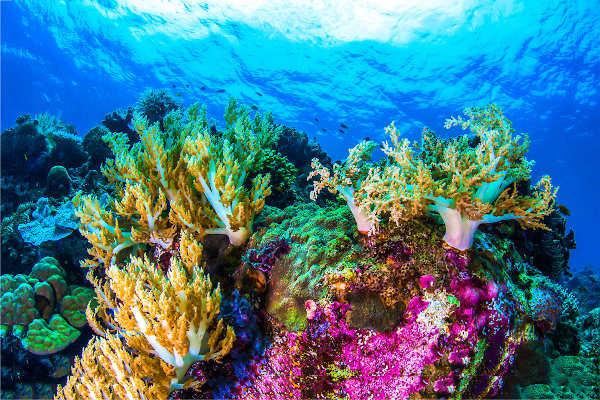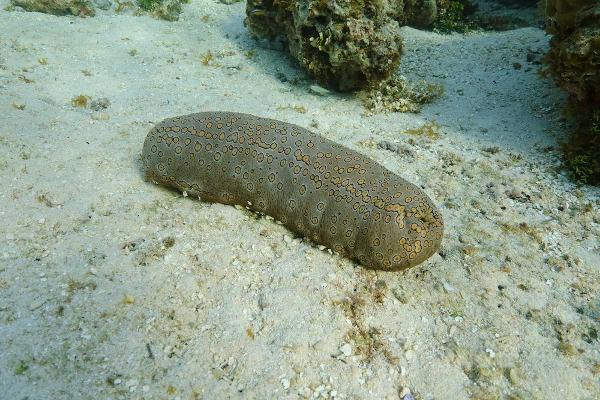Animal cells are eukaryotic cells which are found in animals (animal kingdom). Remember that every living thing (animal or plant) is made up of cells.
While animal cells form the tissues and organs of animals, plant cells form the tissues of plants (plant kingdom).
Summary: Structure, Parts and Functions
The animal cell is surrounded by the plasma membrane that delimits its content and controls the entry and exit of substances. Around the plasma membrane there is the glycocalyx, which provides protection to animal cells.
In the cytoplasm we find several organelles, such as ribosomes, lysosomes, centrioles, mitochondria, etc. Each organelle present in the cell performs a specific function.
The cell nucleus contains the genetic material, in the form of chromosomes. As the animal cell is eukaryotic, the nucleus is membrane-bound.
The main characteristics of animal cells are:
- They have an organized structure;
- They have three basic parts: the plasma membrane, the cytoplasm and the nucleus;
- They originate tissues and organs that have complementary functionalities.
Animal Cell Organelles
 Representation of Organelles in the Animal Cell
Representation of Organelles in the Animal Cell
Check the functions of the main structures present in the animal cell:
- Cell Core: spherical structure where the DNA.
- nucleolus: structure present in the nucleus of cells. Coordinates cell reproduction processes through protein synthesis.
- Plasma membrane: thin cell structure that delimits the cell being responsible for the exit and entry of substances. Thus, it has the function of protecting the internal cellular structures.
- Cytoplasm: more voluminous region, where the nucleus and cell organelles are located.
- Ribosomes: structure responsible for the production and synthesis of proteins.
- Smooth and Rough Endoplasmic Reticulum: responsible for the transport of proteins and the synthesis of organic molecules.
- Golgi Complex: stores, modifies and releases substances. It exports proteins synthesized in the rough endoplasmic reticulum and, in addition, gives rise to lysosomes.
- Lysosomes: structures responsible for cellular digestion.
- Mitochondria: structure responsible for cellular respiration and energy production.
- centrioles: cell structure that aids in cell division (mitosis and meiosis).
- peroxisomes: rounded structure responsible for storing enzymes.
- vacuoles: responsible for energy reserve and storage of substances.
Learn more about Cell Organelles.
Differences between Animal and Plant Cells
Although animal and plant cells are similar, they have some differences in structure.
While the plant cell has a hard cell wall and the organelle chloroplasts (responsible for photosynthesis), animal cells do not have these structures.
 Animal and Plant Cell Representation
Animal and Plant Cell Representation
Note that the vacuoles are present in both, however they are larger in the plant cell. This is because plant cells carry out activities that need to store sap and control the entry and exit of water. For this, they use vacuoles.
It is important to highlight that in the plant cell we do not find flagella and cilia, whereas in animal cells these structures may be present.
Know more:
- animal and plant cell
- Animal Kingdom
- plant kingdom
Expand your knowledge about cells by reading the articles:
- Cell
- Human Body Cells
- Prokaryotic Cells
- Eukaryotic Cells
- Stem cells
- Glial Cells
- Nerve Cells



